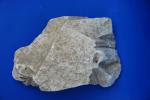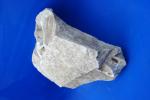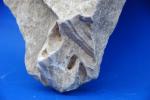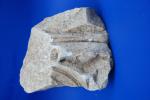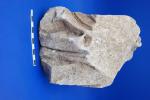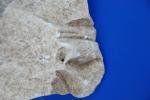
Descrizione
- 610
- Drapery, fragment
- 2nd c. AD
- White marble.
- Ht. ca 20cm, w. max ca 23 cm.
- Broken above, at the sides, and at back; the raking break below preserves still the finished end of a drapery flute. A deep gouge cuts across the drapery at upper left. Surfaces worn, but break edges sharp; light grey-brown encrustation over all. Some of the drapery surfaces are weathered away; surface polish lost.
- This is a fragment from a life-sized draped female statue. It seems to preserve some of the drapery, at the front of the ankle and the lowest part of the calf. The drapery is carved with mimetically rendered, variegated pleats, flutes and folds. At right, there is a vertical double fold in low relief, in the interstice between a very large vertical fold further right, and, to the left, an irregular fold narrowing from top to bottom which ends in a still visible hollow, undercut flute. Two sharply curving folds, arcing right from below, finish off the preserved fragment. The lines of drapery which flank the fluted fold would once, in portions now lost, have come to rest, at the hem, upon and around the figure’s foot. The drill was sparingly used, for example. to separate the pleats at lower left.
- The preserved drapery patterning can be identified by reference to better-preserved female statues of a very common Hellenistic and Roman type, showing the fall of drapery from a figure whose left knee was slightly bent, foot raised, with, at the left, traces of the heavy swags of drapery pooled between the lower legs. The image is more likely to have been that of a goddess such as Venus or Juno, rather than a full-scale portrait statue. In its current condition the piece is difficult to date with more precision than the Imperial period.
Dettagli del Record
-
VM_4227
- Pack of soil and stone abutting area of praefurnium
- Nessun Record e' Leggato













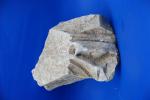
![Download [view]](/villamagna/ark//skins/villamagna/images/results/download_sml.png)
